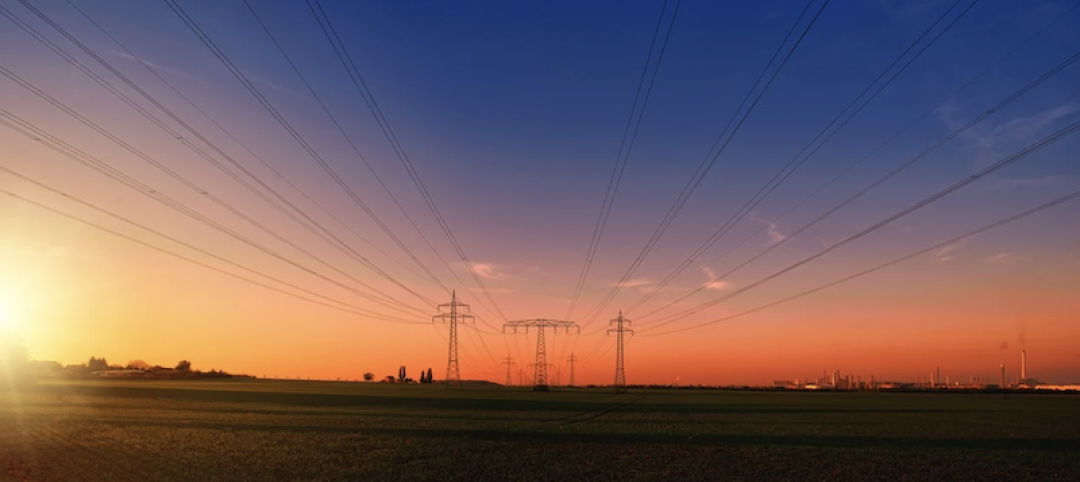The way the federal government analyzes intense rain events isn’t keeping up with the reality of climate change, and that has serious implications for infrastructure projects and the availability of, and rising cost of, flood insurance.
Severe rainstorms, sometimes described as “atmospheric rivers” or “torrential thunderstorms,” are making the concept of a “1-in-100-year flood event” obsolete, according to a report from First Street Foundation, an organization focused on weather risk research.
These events are occurring more frequently due to the impact of climate change, but federal rainfall analysis, managed by the National Oceanic and Atmospheric Administration, isn’t keeping up with the new weather conditions, First Street says.
Half the people in the U.S. live in a county where a 1-in-100-year flood is at least twice as likely now as it had been in the past, coming once every 50 years instead of every 100 years. In some areas, a so-called “1-in-100-year” rainfall could now happen far more frequently—as often as every 5 to 10 years.
The outdated analysis has serious implications for the way infrastructure projects are initiated and designed. And, because FEMA’s federal flood insurance program greatly underrepresents the number of people that could fall into FEMA’s Special Flood Hazard Areas, millions of Americans may be unaware of their current flood risk.
Inaccurate flood risk data due to underestimating the impact of rainfall also impacts the cost and availability of flood insurance—this is especially true for property that isn’t close to the ocean or inland bodies of water.
The government is working to remedy the situation, though. NOAA, as reported by CNN, says it is working on a revamped approach to its rainfall analysis that is expected to be completed in 2027.
Related Stories
Codes and Standards | May 17, 2021
Latest Manual on Uniform Traffic Control Devices criticized for not considering bikes, pedestrians
More than a dozen advocacy groups want feds to start over.
Codes and Standards | May 13, 2021
LEED-certified federal buildings don’t use less energy than average
May be due to trade-offs on how score is developed.
Codes and Standards | May 12, 2021
White paper examines how to reduce pathogen transmission in ventilation
Pressure barriers and airflow distribution can be effective in existing buildings.
Codes and Standards | May 11, 2021
Pressure builds on White House to rein in cost of lumber
Spike in prices has added nearly $36,000 to price of average new home.
Codes and Standards | May 11, 2021
Residential codes should be upgraded to protect from cooking pollutants
Report examines ventilation standards, calls for increased public awareness of issue.
Codes and Standards | May 6, 2021
Blue roofs can provide relief to overwhelmed stormwater systems
Benefits most evident in industrial commercial areas.
Codes and Standards | May 5, 2021
Majority of schools took steps to improve air quality during pandemic
Districts still have unmet needs, face high costs and outdated building infrastructure.
Codes and Standards | May 4, 2021
Cost to keep Miami dry over next few decades is $4 billion
Rising seas demand big investment.
Codes and Standards | May 3, 2021
Fire stops critical to preserving three-decker housing
Old multi-family structures continue to provide badly needed homes in urban zones.
Codes and Standards | Apr 29, 2021
Dept. of Energy publishes energy savings analysis for ANSI/ASHRAE/IES Standard 90.1-2019
More than 4% savings for commercial buildings found for the updated code.

















